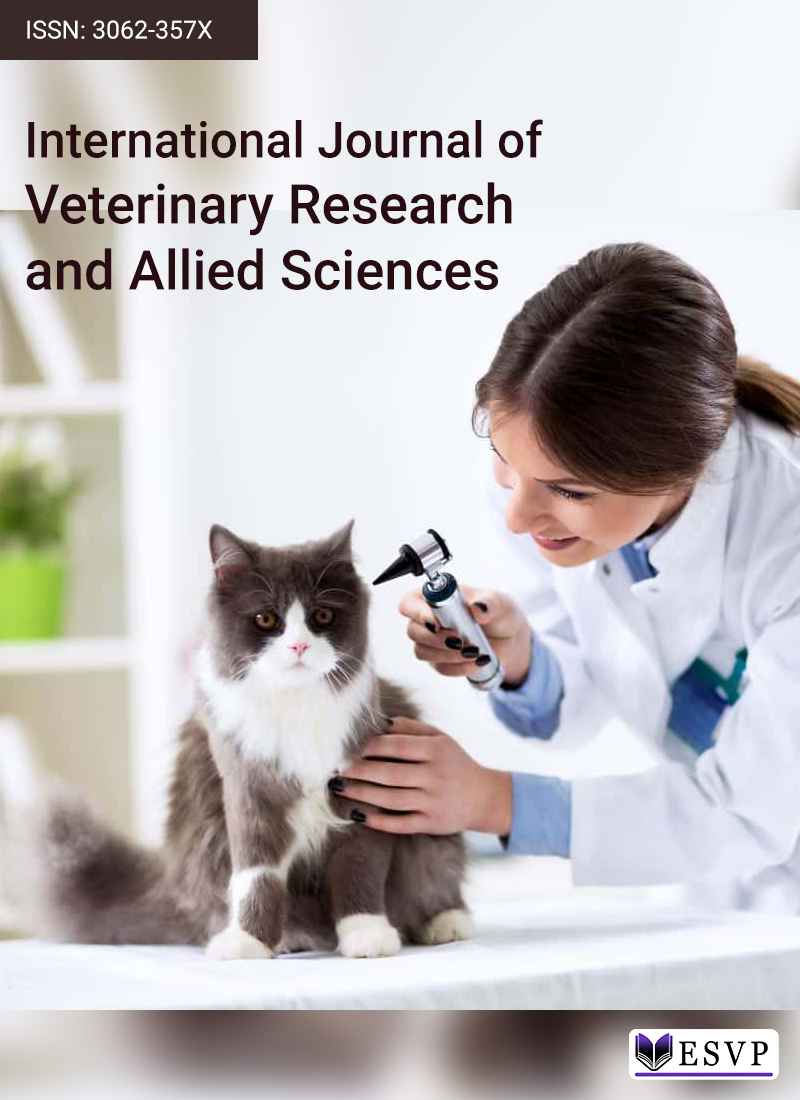
Honeybees and their products act as effective bioindicators due to their close relationship with the environment they inhabit. This study aimed to assess the extent of pollution by measuring the concentration of metals in honeybees (Apis mellifera jemenatica) and beeswax, focusing on elements such as K, Ca, Na, Mg, Fe, Mn, Cu, Zn, and heavy metals such as Pb, Ni, Cd, and Cr in different environments in the Makkah region of Saudi Arabia. The sampling areas included: R1 (highways), R2 (urbanized zones), R3 (industrial zones), and R4 (ecologically clean areas). The findings indicate significant differences (P < 0.05) in the concentration of metals between bee bodies and wax across these areas. The highest levels were observed in industrial zones (R3), followed by urbanized areas (R2) and highways (R1), with the lowest concentrations found in ecologically clean areas (R4). Notably, the metal concentrations in honeybee bodies were higher than in the wax samples in all study areas. These results suggest that honeybees and beeswax are reliable indicators of environmental pollution, particularly by toxic metals.